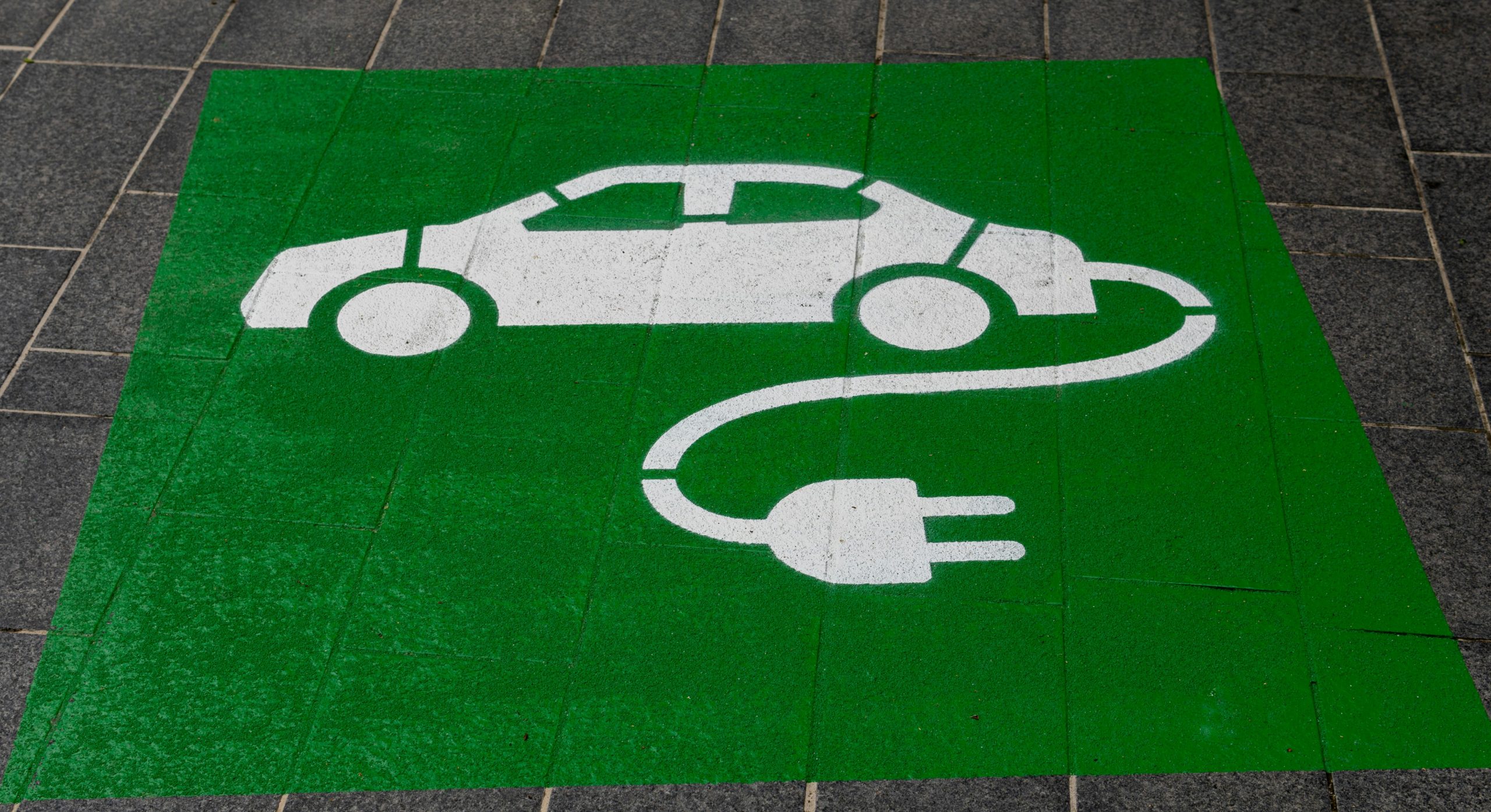NEW PARADIGM
Forum study "Beyond externalities": Researchers Propose Alternative to Cost-Shock Climate Policy
Climate policy should prioritise positive incentives – and only raise prices for petrol or carbon-intensive heating once affordable alternatives exist
BY
FORUM NEW ECONOMYPUBLISHED
20. NOVEMBER 2025
Given limited political feasibility, climate policy should in future rely less on making petrol or oil and gas heating more expensive – and raise prices for harmful behaviour only once consumers have realistic and affordable alternatives. This is the conclusion of a study published today by the Forum New Economy.
Doubts about cost-driven behavioural change have grown again after EU environment ministers agreed to postpone the next stage of the emissions trading system (ETS2) by one year due to political resistance. Since the Yellow Vest protests in France in 2018/19, it has become clear that CO₂ pricing repeatedly encounters public opposition. There are also doubts about how quickly higher prices can actually change behaviour. Yet CO₂ pricing remains the primary climate policy instrument for many conventional economists.
A better approach is to understand climate policy as a sequence of instruments, argue Eric Lonergan (Calibrate Partners), Michael Grubb (University College London), and Isabella Wedl (Forum New Economy) in their paper “Beyond externalities – a new framework for climate policies.”
A narrow focus on CO₂ pricing cannot deliver the profound shift required for clean energy and comprehensive electrification. The authors call for a mix of strategic investment support, positive incentives, and CO₂ pricing. Crucially, they argue, the order matters: first lowering capital costs for green investments and ensuring the widespread availability of attractive low-carbon alternatives. Only then can CO₂ pricing reach its full effect while remaining politically feasible.
The same applies to consumer behaviour. When alternatives – such as affordable long-range electric cars – are still lacking, consumers can react only very weakly to price increases, for example for petrol. CO₂ price hikes also frequently face political and social resistance. “We cannot build a new energy system by simply making the old one more expensive,” says Eric Lonergan. Automotive associations have protested against the planned ETS2 CO₂ price increases for months; the FDP later withdrew its support in the Bundestag.
Investment in charging infrastructure and subsidies such as EV purchase premiums should therefore come first, making electric cars a financially attractive choice. Only then should taxes on petrol for combustion engines be raised. Such sector-specific sequencing could also offer an alternative to the now-decided one-year delay of ETS2.
Strategic investment support is essential.
Expanding renewable energy, electrification, and infrastructure requires lower capital costs and stable regulatory conditions. As the authors explain, loans, guarantees or cost-compensation mechanisms can reduce the cost of building such infrastructure and make investment feasible in the first place.
Positive incentives work – and must be socially inclusive.
Success stories from Norway, China and the USA (Inflation Reduction Act) show that people and firms switch when low-carbon technologies become cheaper and more convenient. Incentives should be designed so that low-income households and structurally weak regions benefit as well.
A new narrative: renewables as drivers of lower electricity prices.
Public debate often frames climate policy as a burden. The paper instead highlights that renewables are increasingly the most cost-effective form of energy supply and, in the long term, help reduce electricity prices while strengthening competitiveness and energy and defence security.
The paper thus outlines a new paradigm for climate policy that is gaining traction among international climate economists. The sequencing of instruments could help remove a fundamental obstacle to effective climate policy. This would apply not only to EU regulation but also to German federal policy – for example, when deciding whether and for how long EV purchase subsidies make sense.
The full paper is available here.

